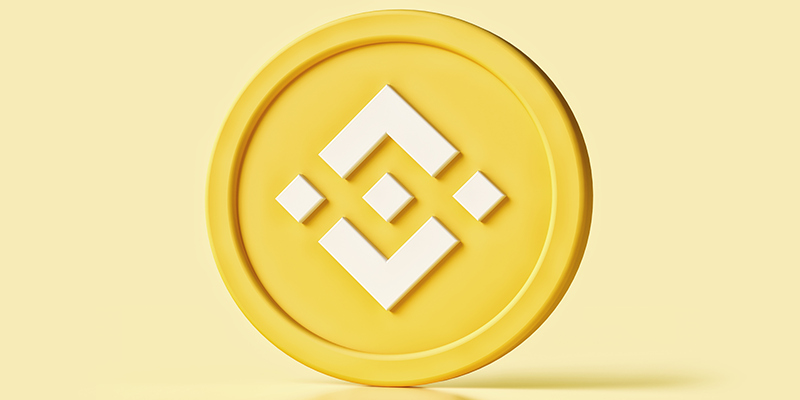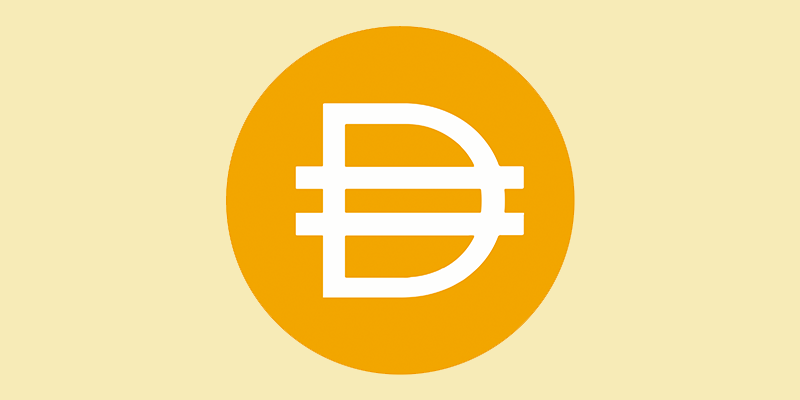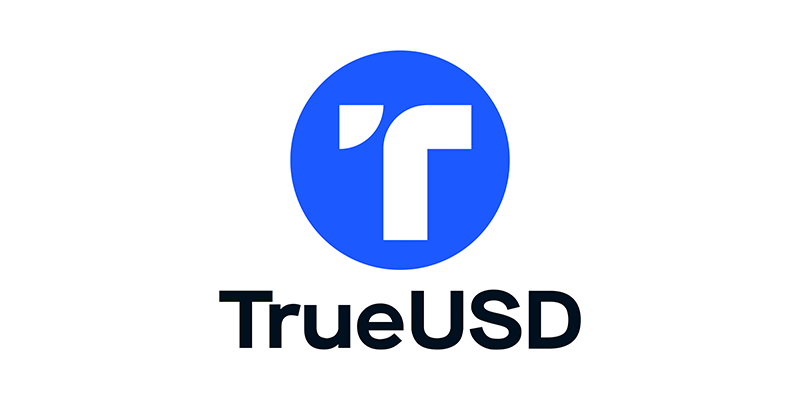Top Stablecoins To Know
If you’ve been at all plugged into the huge world of cryptocurrency recently, you’ve probably heard of stablecoins. True to their name, stablecoins are meant to supply the stability ordinarily present in traditional assets within the in any other case unstable crypto market because of their supposed 1-to-1 match to the U.S. dollar.
Identical to the U.S. dollar was backed by gold, stablecoins are supposed to be “pegged” to the greenback to assist in giving it extra stability than another digital assets like Bitcoin or Ethereum. Though they presently solely make up about $160 billion of the $1.2 trillion cryptocurrency market, stablecoins have surged in recognition in recent times for individuals who need to participate in the larger decentralized finance system.
There are many different stablecoin currencies, and they're all pegged to the dollar in several methods. Some issuers claim to have dollars or other physical assets like gold which can be equal to the total volume of stablecoins issued, others use an algorithmic method to automatically encourage the buying and selling of coins to regulate their worth relative to the dollar.
But it’s essential to remember that even stablecoins may be unstable. TerraUSD, one of the largest stablecoins on the market proper now, lately broke from its 1-to-1 dollar match — at one level crashing as little as 30 cents. And Tether, another popular stablecoin, is reportedly showing signs of fragility.
Stablecoins to Know
BINANCE

Usually considered to be one of the leading stablecoins, Binance is issued via a partnership between its namesake, cryptocurrency infrastructure supplier Binance, and crypto asset exchange Paxos (more on them later). It was launched in 2017 and managed to succeed in a market capitalization of $90 billion in 2021 — a massive leap from the lower than $7 billion it was priced just a year earlier. As an organization, Binance gives numerous different providers in the digital asset space as effectively, together with crypto wallets, financial savings accounts and even NFTs (non-fungible tokens).
CELO DOLLAR

Like many different stablecoins, Celo Dollars are pegged to the U.S. dollar. They're also native to the Celo blockchain’s reserve system, which is a bunch of smart contracts that use a portfolio of cryptocurrencies to expand and contract the supply of Celo Dollars. This influences its value on the crypto market as effectively.
DAI

Dai runs on the Ethereum blockchain, and algorithmically attempts to maintain itself tied to the U.S. dollar. Unlike centralized stablecoins, Dai isn’t backed by U.S. currency in a bank account. Moderately, it's backed by collateral in the MakerDAO platform, a decentralized autonomous organization that additionally exists on the Ethereum community — allowing people to lend and borrow using cryptocurrencies. So, if the Dai credit score system will get upgraded or shutdown, holders could must convert their Dai to Ethereum cryptocurrency through the Maker platform.
PAX DOLLAR

Formerly referred to as Paxos Standard, Pax Dollar is taken into account to be the world’s main regulated stablecoin. It's regulated by the New York State Department of Financial Services, and its reserves are held in cash and cash equivalents, which implies buyer funds are reportedly safe and available for redemption always. Paxos, the corporate behind Pax Dollar, raised more than $400 million in enterprise funding last 12 months alone, and was last valued at more than $2 billion.
TERRAUSD

TerraUSD is a decentralized and algorithmic stablecoin that's constructed on the Terra blockchain. It was created to supply a substitute for the issues confronted by different stablecoin leaders, promising higher scalability, interest rate accuracy and interchain utilization. Instead of utilizing technical help, the creation of TerraUSD is facilitated by burning its sister cryptocurrency Luna. Because of this, it is able to meet the requirements of DeFi protocols without dropping scalability, and it may be simply added to crypto wallets by adding TerraUSD as a payment method. The company has come under fairly a little bit of scrutiny in recent months after its worth dropped to just about zero — a result of an ongoing crypto market slump that prompted Luna’s worth to drop significantly. However, co-founder Do Kwon has since introduced a recovery plan to maintain this from taking place once more sooner or later.
TETHER

Tether’s namesake currency is one of the oldest stablecoins available on the market, and has been described as the “lifeblood of the crypto ecosystem.” Additionally it is considered to be one of the prime stablecoins right now by market capitalization. In the meantime, amid rising concern over its long-term stability, the company claims it is working to change into the clearest stablecoin.
TRUEUSD

Reportedly the first regulated stablecoin backed by the U.S. dollar, TrueUSD is among the most well-known of all of the stablecoins on the market right now. Customers can put money into it to not only earn, but also hedge towards the volatility of any crypto assets they own. They will additionally trade TrueUSD on dozens of exchanges, markets and over-the-counter desks around the world, in addition to stake, farm and mine TrueUSD on other DeFi platforms like Ethereum, TRON or BSC.
USD COIN

USD Coin, or USDC, is another popular stablecoin that's pegged to the U.S. dollar. It was launched in 2018 via a consortium referred to as Centre that was created by fintech giants Circle and Coinbase. Since then, Coinbase has gone public, and so has Circle because of a $4.5 billion merger with particular goal acquisition company Harmony Acquisition last year, which occurred simply weeks after it raised a large $440 million funding round.




Comments
Post a Comment